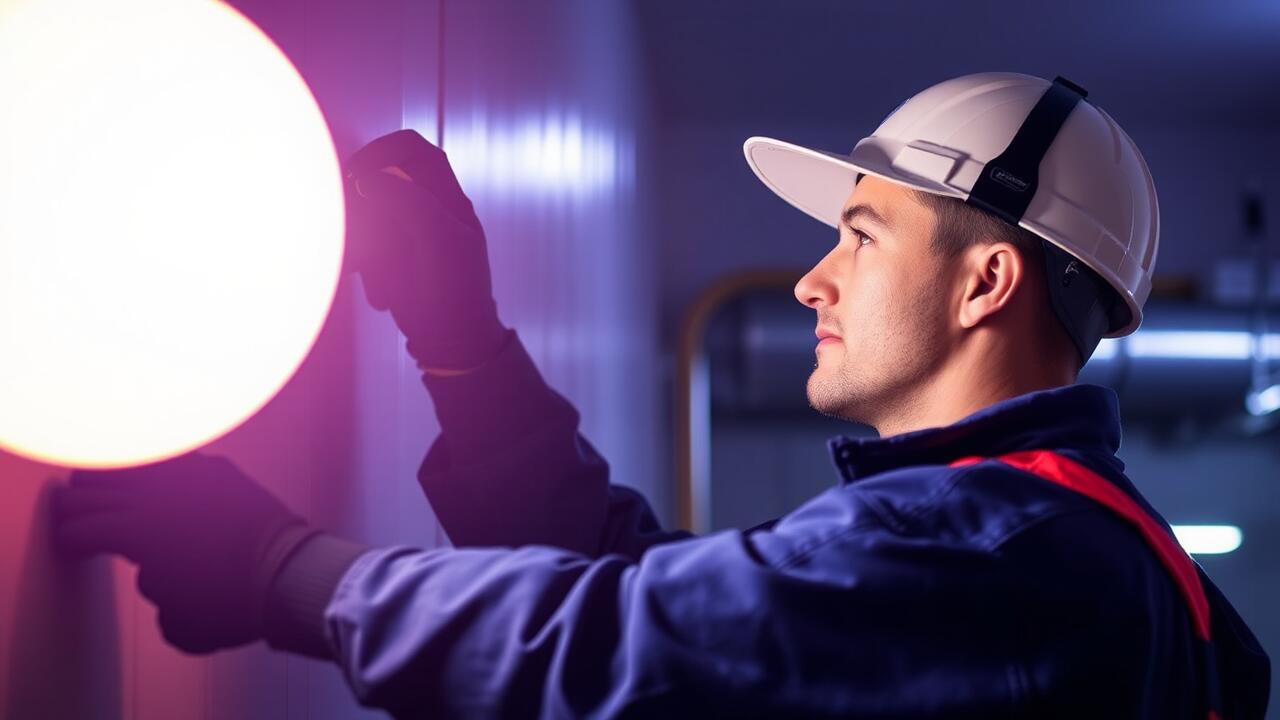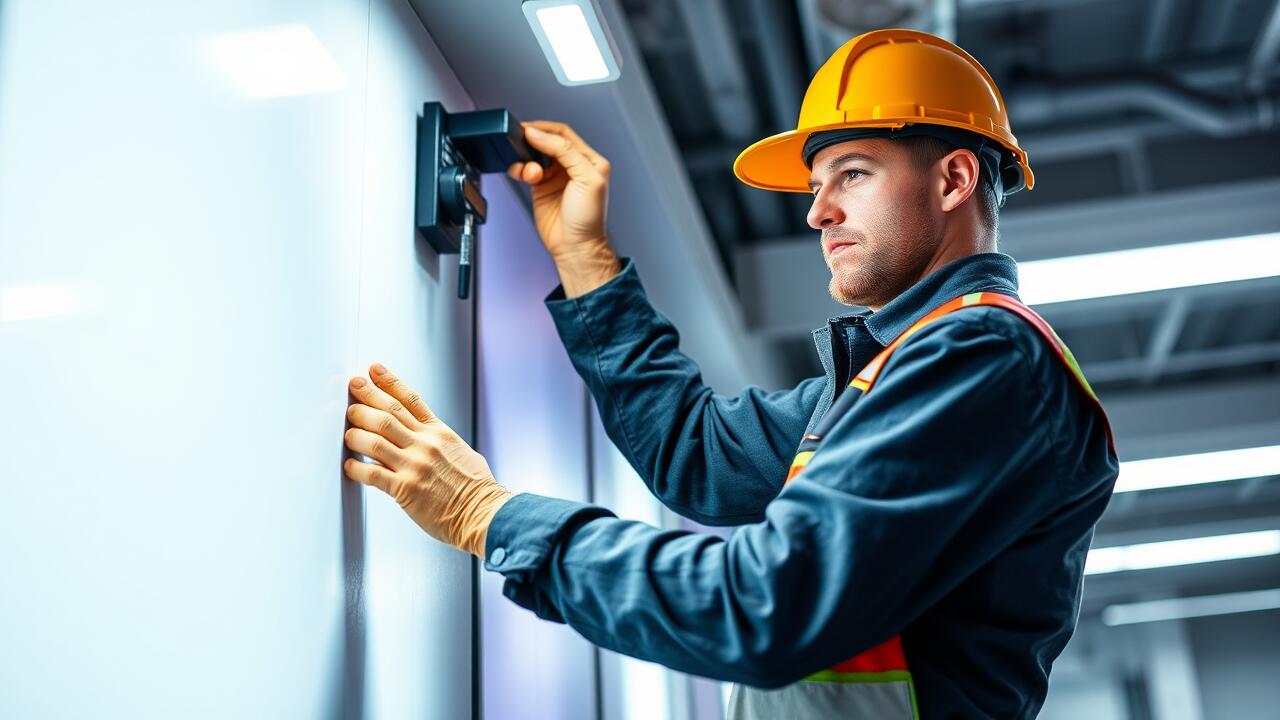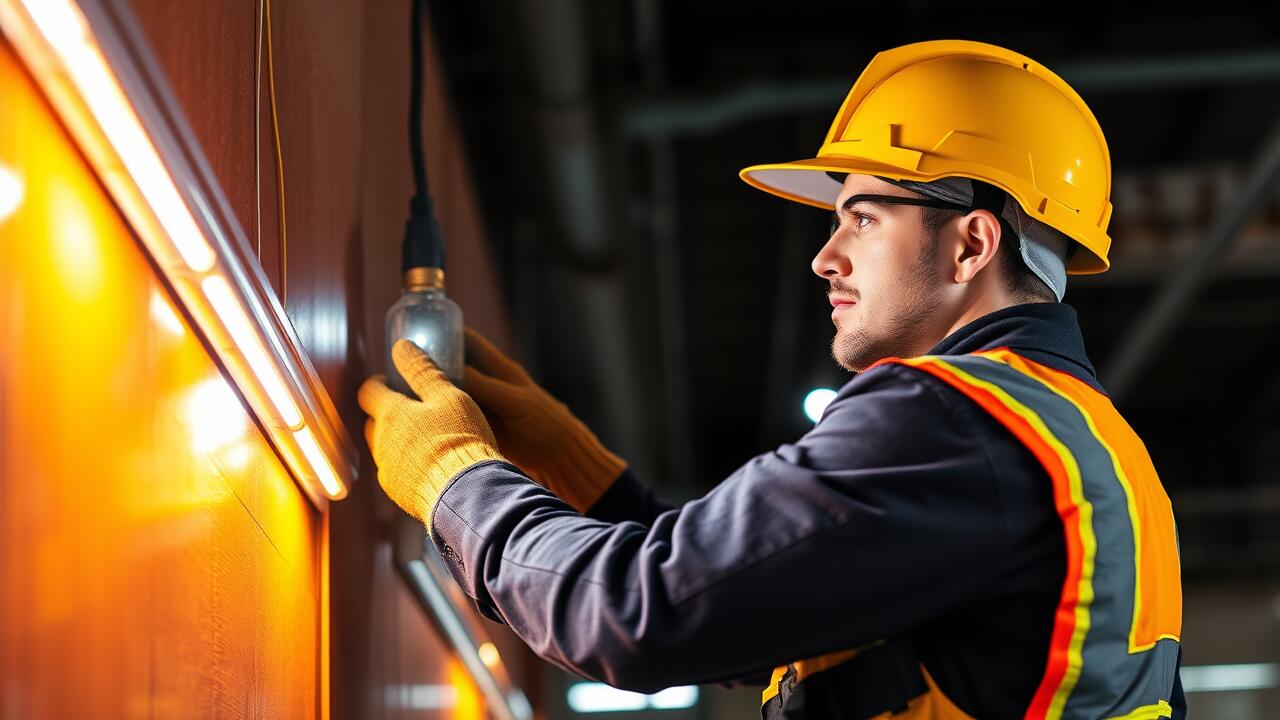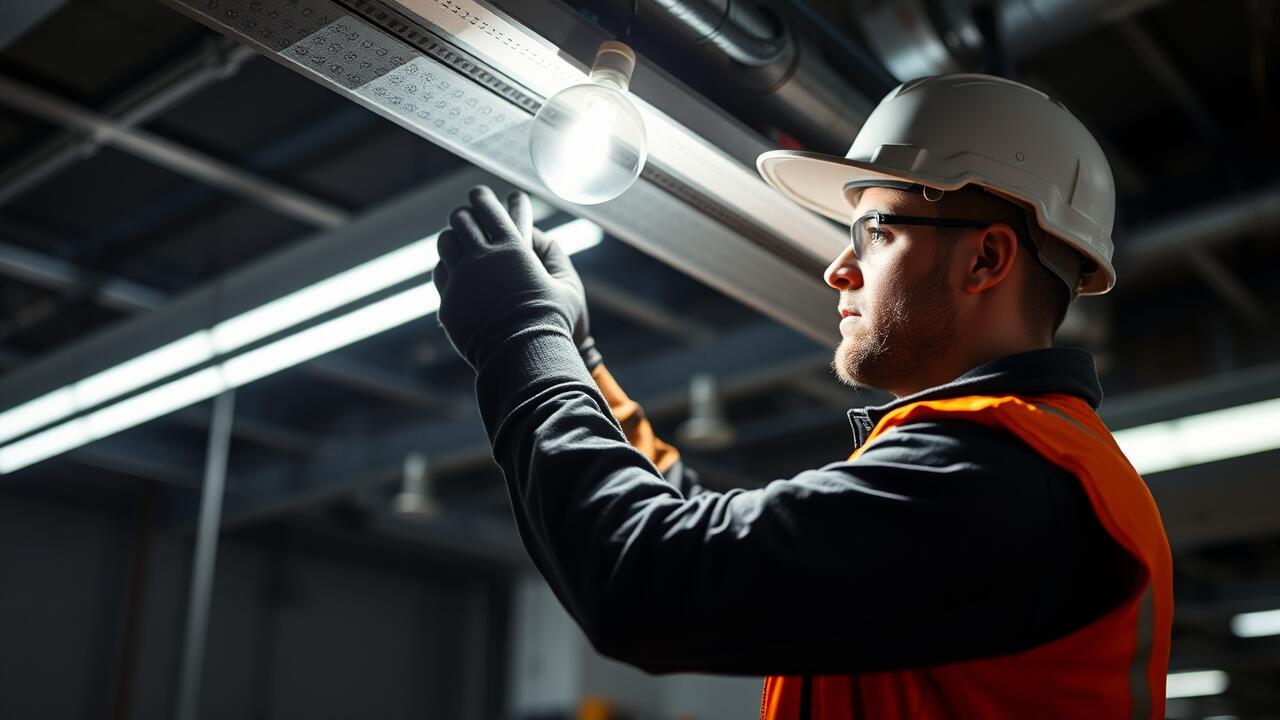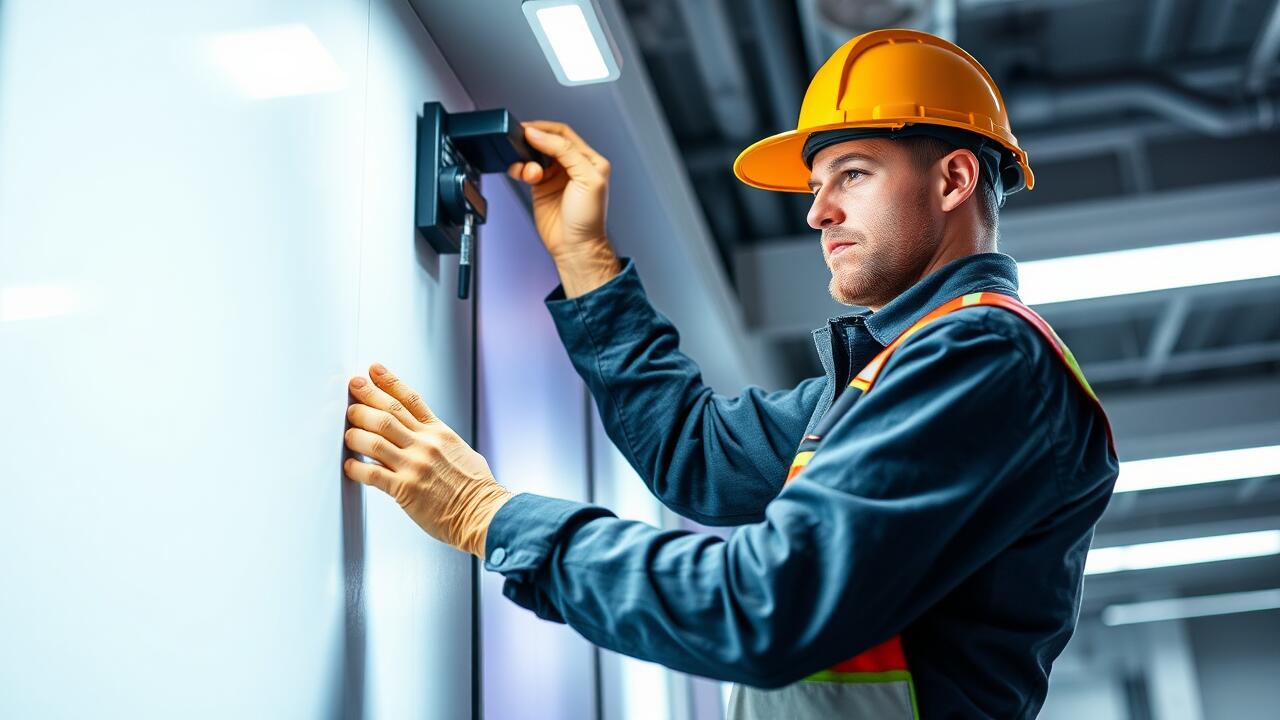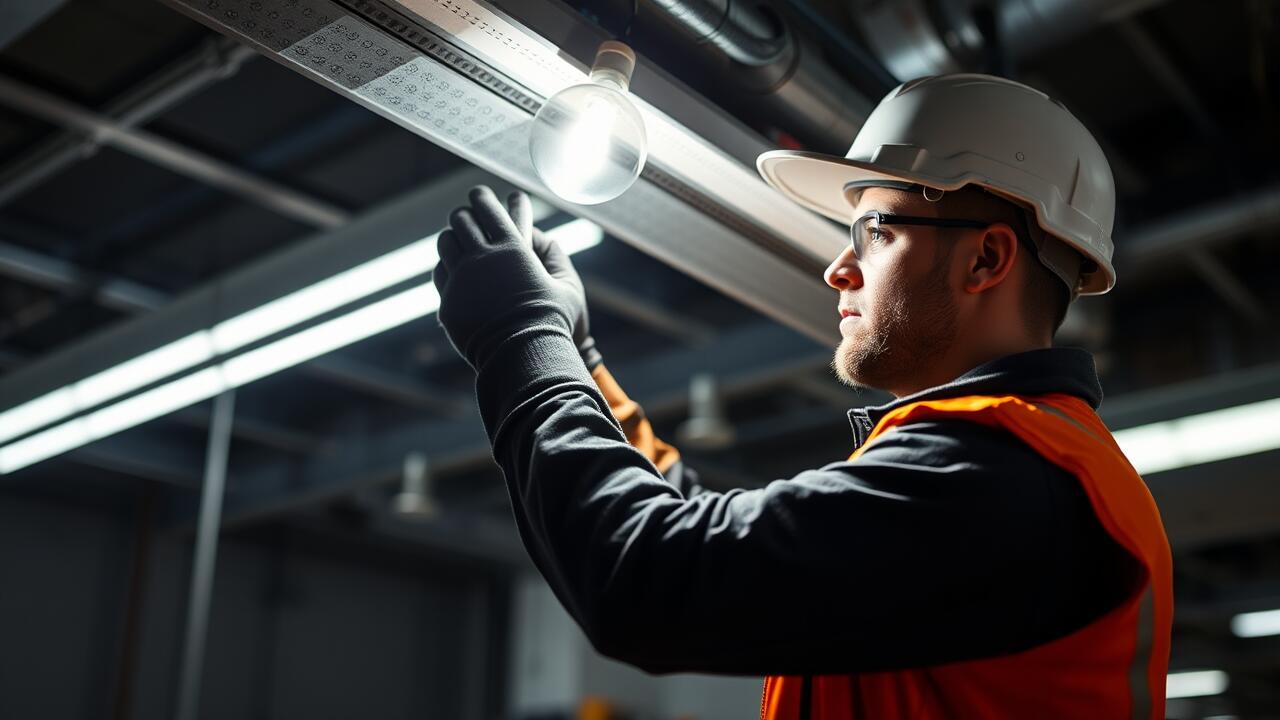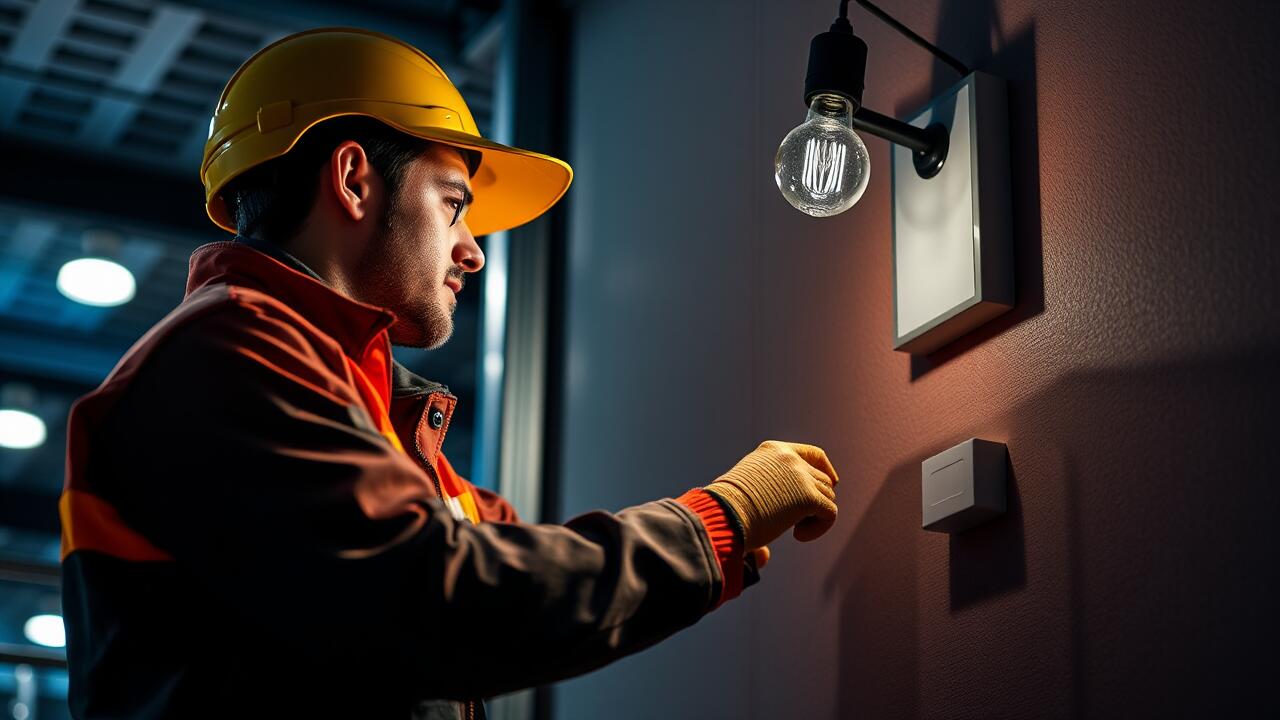
Electrical Considerations for Safe Installation
When undertaking pendant lighting installation in kitchens and dining areas, one must prioritize electrical safety to prevent hazards. Begin by ensuring that the power supply is turned off at the circuit breaker before starting any work. It's also advisable to use a voltage tester to confirm that there is no electrical current in the wires you will be handling. Following these steps minimizes risks and creates a safer environment for the installation.
In addition to handling live wires with caution, it is crucial to use the appropriate gauge of wire for your specific installation. This ensures that the pendant lights have sufficient power and reduces the risk of overheating. For those considering Lighting Installation in Bellaire West, Houston, hiring a licensed electrician can provide peace of mind. An experienced professional can navigate local codes and regulations, ensuring that the installation complies with safety standards and operates efficiently.
Understanding Wiring and Safety Precautions
Proper wiring is essential when installing pendant lighting to ensure both functionality and safety. Before beginning any electrical work, it is important to turn off power at the circuit breaker. This prevents any accidental shocks during the installation process. Familiarize yourself with the existing wiring in your kitchen or dining area. Using the right gauge wire is crucial to support the wattage of the new pendant lights. If the current wiring is outdated or damaged, replacing it with new wiring may be necessary to meet modern safety standards.
When undertaking lighting installation in Bellaire West, Houston, it’s wise to consider local building codes and electrical regulations. Consulting a licensed electrician can help clarify any uncertainties regarding the installation process. After installation, regularly check connections for any signs of wear or overheating. Using compatible bulbs also plays a role in the efficiency and safety of pendant lights. Keeping your installation well-maintained will help to prevent potential hazards and ensure long-lasting performance.
Height Recommendations for Pendant Lights
When installing pendant lights, the height at which they hang plays a crucial role in both aesthetics and functionality. A general guideline is to position the bottom of the pendant light around 30 to 36 inches above the surface of the table in dining areas. This height ensures adequate illumination without obstructing the view across the table. In kitchen spaces, where pendant lights are often used over kitchen islands or countertops, a range of 28 to 34 inches is recommended. These measurements help create a balanced visual appeal and preserve the space's overall ambiance.
In homes like those found in Bellaire West, Houston, it's essential to consider the specific layout and ceiling height. For spaces with higher ceilings, pendant lights may need to be hung lower to maintain effective lighting. Conversely, if the ceilings are lower, be cautious about the drop distance to avoid a cramped feeling. Adjustments can help achieve an optimal arrangement that enhances both style and utility, complementing the kitchen and dining area effectively.
Ensuring Optimal Lighting Levels
Achieving the right lighting levels in kitchens and dining areas is essential for both functionality and ambiance. Pendant lights should be positioned to provide adequate illumination for cooking, dining, and social interactions. Layering light sources by combining pendant fixtures with recessed lighting or under-cabinet lamps can enhance overall brightness. When planning for Lighting Installation in Westchase, Houston, consider the use of dimmers. These allow for adjustments to the intensity based on different times of the day or specific activities.
Proper fixture height plays a crucial role in ensuring that pendant lights do not obstruct views while delivering sufficient light. A general guideline is to hang lights at least 30 to 36 inches above countertops and tables. This height promotes a comfortable atmosphere without creating glare or shadowed areas. For areas with higher ceilings, longer pendants may be necessary to maintain proportionality and effectiveness. Thoughtful placement along with ideal heights will result in a well-lit space that feels inviting.
Maintenance Tips for Pendant Lighting
To maintain pendant lighting efficiently, regular cleaning is crucial. Dust and grime can accumulate on light fixtures, diminishing their shine and illumination. A microfiber cloth dampened with a gentle cleaning solution will help remove surface dirt without scratching. It's important to avoid harsh chemicals that may damage the finish of the fixtures. For hard-to-reach areas, a gentle vacuum attachment can be useful. Regular cleaning not only enhances the aesthetic appeal but also extends the life of the lighting.
In addition to cleaning, checking the hardware and mounting regularly ensures safety and performance. Loose screws or fittings can lead to potential issues, so tightness should be verified during routine maintenance checks. If any bulbs are malfunctioning, prompt replacement prevents flickering and maintains consistent lighting levels. For those unfamiliar with electrical work, consulting a professional, especially for complex installations like Lighting Installation in Bellaire West, Houston, is advisable. This approach helps ensure that both safety and functionality remain intact.
Keeping Your Fixtures Clean and Functional
Regular maintenance of pendant lighting fixtures not only enhances their appearance but also ensures their longevity. Dust and grease can accumulate on light fixtures, especially in kitchens. Wipe down the fixtures with a soft cloth dampened with a mild cleaning solution. For glass shades, a gentle glass cleaner may be appropriate. Always turn off the power before cleaning to avoid any risk of electric shock.
Occasionally check the connections and wiring to ensure everything remains secure and safe. Loose connections can lead to flickering lights or burned-out bulbs. If you notice any unusual signs such as buzzing or flickering during operation, it may be time to consult a professional electrician. Proper maintenance is crucial for all pendant lighting installations, including those completed for Lighting Installation in Bellaire West, Houston.
FAQS
What are the electrical considerations I need to keep in mind when installing pendant lighting in my kitchen?
When installing pendant lighting, ensure that the electrical circuit can handle the load of the new fixtures. Always turn off the power before starting any installation, and consider consulting a licensed electrician if you're unsure about wiring or safety precautions.
How high should I hang my pendant lights over a kitchen island?
Pendant lights should generally be hung 30 to 36 inches above the countertop for optimal illumination and to avoid obstruction. This height can vary based on the total height of your ceilings and personal preference.
What type of maintenance do pendant lights require?
Regular maintenance for pendant lights includes cleaning the fixtures to remove dust and grease, checking for any loose bulbs or wiring, and ensuring that the fixtures remain securely attached to their mounting.
How can I ensure that my pendant lighting provides adequate illumination for my dining area?
To achieve optimal lighting levels, consider the wattage of your bulbs and the number of fixtures used. Layering light sources and using dimmers can also help create the desired ambiance while ensuring the area is well-lit.
Can I install pendant lights myself, or should I hire a professional?
While some homeowners may feel comfortable installing pendant lights themselves, it’s recommended to hire a professional electrician if you’re not experienced with electrical work. This ensures safety and compliance with local codes.
